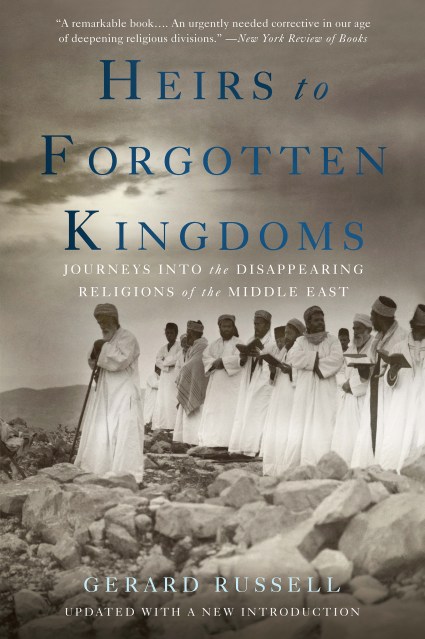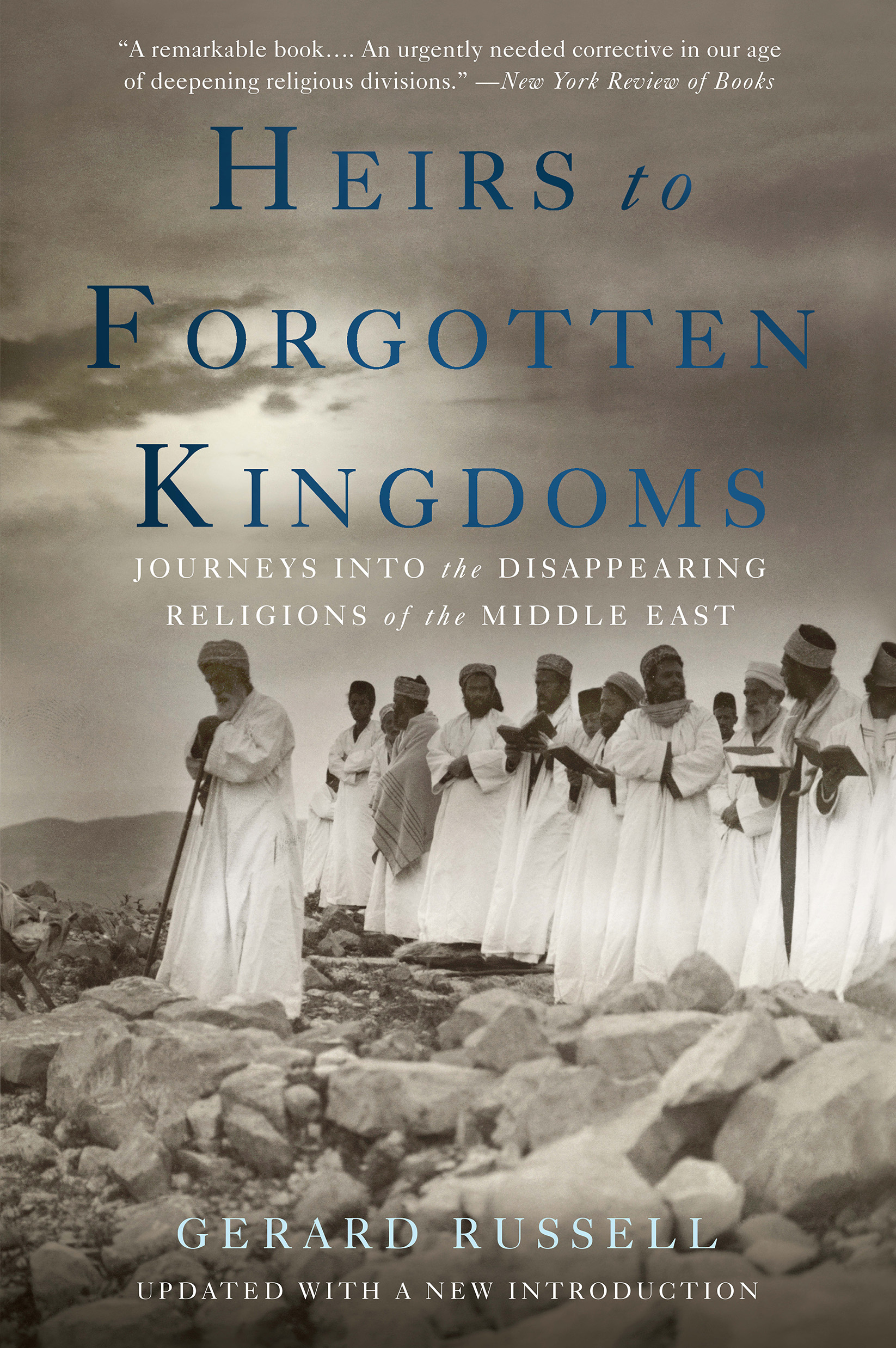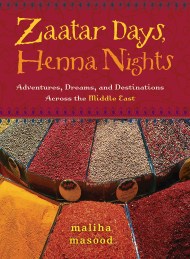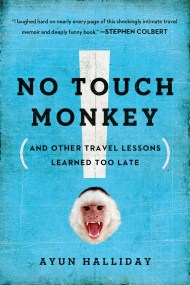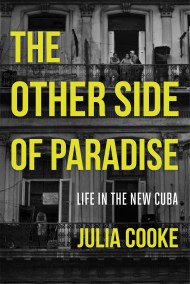Promotion
Use code MOM24 for 20% off site wide + free shipping over $45
Heirs to Forgotten Kingdoms
Journeys Into the Disappearing Religions of the Middle East
Contributors
Formats and Prices
Price
$11.99Price
$15.99 CADFormat
Format:
- ebook $11.99 $15.99 CAD
- Trade Paperback $17.99 $22.50 CAD
This item is a preorder. Your payment method will be charged immediately, and the product is expected to ship on or around December 1, 2015. This date is subject to change due to shipping delays beyond our control.
Also available from:
In Heirs to Forgotten Kingdoms, former diplomat Gerard Russell ventures to the distant, nearly impassable regions where these mysterious religions still cling to survival. He lives alongside the Mandaeans and Ezidis of Iraq, the Zoroastrians of Iran, the Copts of Egypt, and others. He learns their histories, participates in their rituals, and comes to understand the threats to their communities. Historically a tolerant faith, Islam has, since the early 20th century, witnessed the rise of militant, extremist sects. This development, along with the rippling effects of Western invasion, now pose existential threats to these minority faiths. And as more and more of their youth flee to the West in search of greater freedoms and job prospects, these religions face the dire possibility of extinction.
Drawing on his extensive travels and archival research, Russell provides an essential record of the past, present, and perilous future of these remarkable religions.
Genre:
- On Sale
- Dec 1, 2015
- Page Count
- 368 pages
- Publisher
- Basic Books
- ISBN-13
- 9780465097692
Newsletter Signup
By clicking ‘Sign Up,’ I acknowledge that I have read and agree to Hachette Book Group’s Privacy Policy and Terms of Use
